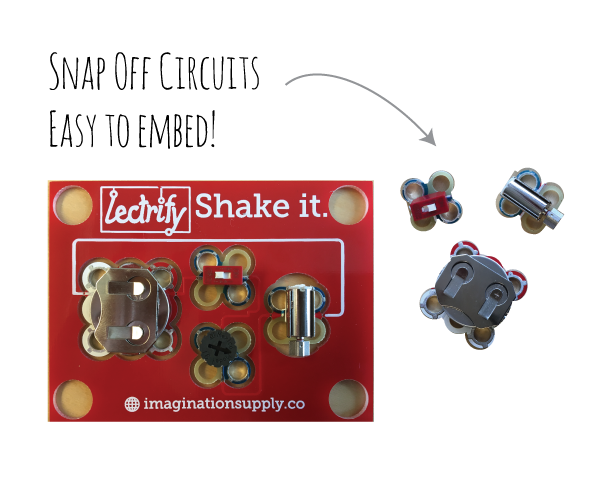Makerspaces — school-based, concept-to-reality, hands-on learning spaces — use a comprehensive approach. They have become popular among today’s educators because of the high demand for future professionals who are not only technically skilled but also experienced in working collaboratively with their peers.
For example, Peddie School (New Jersey) recently unveiled a 4,300-square-foot, state-of-the-art digital fabrication laboratory, complete with design, engineering, and testing studios. This Fab Lab continues the school’s tradition of innovating and using technology to enhance learning, according to Elizabeth Silverman, chair of the board of trust ees at Peddie. “We believe it is important to not only integrate technology more fully into our curriculum, but also to foster interdisciplinary learning, provide opportunities for concrete applications of our STEM courses, and further develop the critical thinking skills of our students,” says Silverman.
ees at Peddie. “We believe it is important to not only integrate technology more fully into our curriculum, but also to foster interdisciplinary learning, provide opportunities for concrete applications of our STEM courses, and further develop the critical thinking skills of our students,” says Silverman.
The College Board reports that according to the U.S. Department of Commerce, the growth of jobs in the STEM disciplines was three times as fast as growth in non-STEM disciplines in the last 10 years. STEM jobs are expected to grow by 17 percent versus 9.8 percent for non-STEM jobs in the 10-year period leading to 2018. But as a nation, we are not graduating nearly enough STEM majors to meet the demand. As is well documented, the United States has to either export many technical projects or import foreign talent to complete them here.
read more: How You Can Make a Makerspace Work for Your School – Independent Ideas Blog
the changes. Public libraries have led the effort to provide access to 21st century technologies and learning resources, but now university and K-12 libraries are beginning to catch up. Makerspaces are one way a few groundbreaking libraries are trying to provide equal access to exciting technologies and skills.






